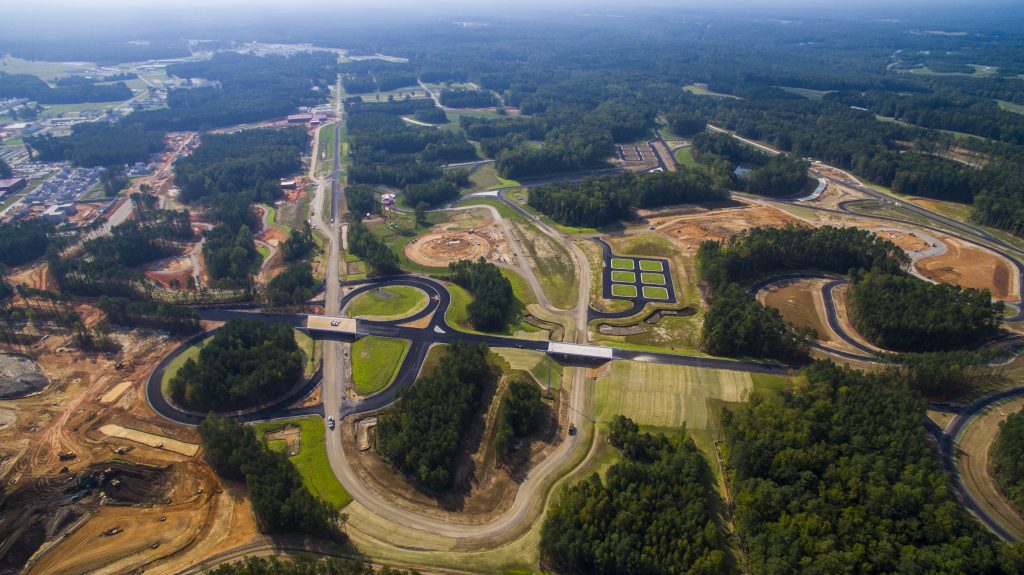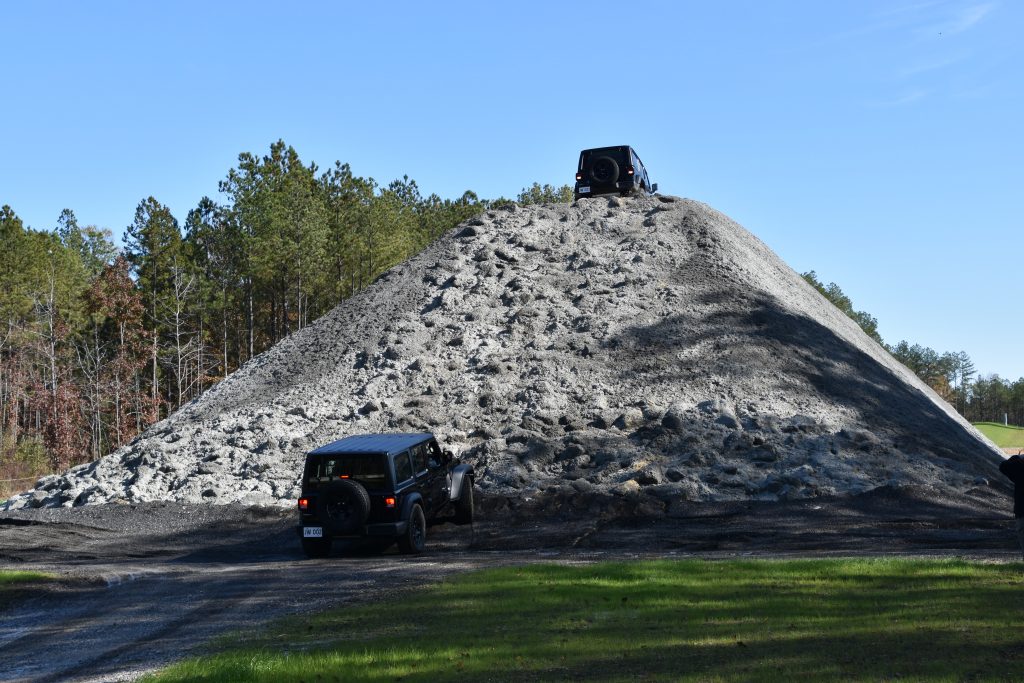As I approached the door, I pressed the back of my hand against it to ensure there was no fire on the other side. It felt cool, so I proceeded. But when I opened the door, smoke billowed out. The entire room was filled. It was impossible to see anything.
Time to hit the floor.
I began crawling on all fours to the left wall. I told my teammates that we would be moving along it until we found our way out. To make sure we didn't lose contact with each other, my colleague Adam Kredo grabbed on to my right boot, and the person behind him grabbed on to his. We crawled through the thick smoke, hugging the wall until we made it to the exit and poured outside.
The escape was incredibly stressful but, thankfully, it wasn't real. There was no fire. The smoke was artificial and nontoxic. It was all part of a training exercise devised by the State Department in the wake of the Benghazi attacks, when fire was used as a weapon and four Americans were killed.
The smoke room was not the only hands-on training we saw while touring the department's new facility. There's also a drifting track, a closed driving course, pyrotechnic displays, and an off-roading course.

These are all things you might expect at an adventure park, things civilians might do for fun. But at the Foreign Affairs Security Training Center (FASTC), they're all there to help train the State Department's Diplomatic Security Services in how to save lives.
The 2012 attack in Benghazi, Libya, was the greatest security failure the State Department had seen in decades. Glen A. Doherty, Tyrone Woods, and Sean Patrick Smith, who were killed in the attack, are among a handful of Foreign Service officers to be killed in the line of duty since 2010. J. Christopher Stevens, who died alongside them, was the first American ambassador to be killed by hostile forces since 1979.
That attack and the lives lost—alongside other 21st century challenges the State Department now faces—have had a significant impact on how the Diplomatic Security Services work and train.
"As you've seen essentially from 9/11 on, security is everybody's responsibility," a senior State Department official told Kredo during our tour last week. "That has also triggered a difference in what a student looks like. Now we need to train everybody."
The 1,350-acre compound located at Fort Pickett in Nottoway County, Va., is the culmination of several years' worth of effort to better prepare the people the United States sends oversees. It consolidates training that had been conducted at 11 different facilities across the country. In total, the State Department plans to train more than 2,000 security professionals and 10,000 Foreign Service personnel at FASTC.
The sprawling new campus features facilities to simulate every imaginable scenario. It's designed to help train not just security personnel, but also diplomats, State Department employees, and even family members—how to escape and evade attacks while in a car, escape a burning building, or clear a room filled with armed hostiles.
It was fascinating to explore the state-of-the-art garage where DSS employees maintain and modify the hundreds of SUVs and cars they keep on hand. Watching instructors practice drifting and obstacle avoidance on the one-of-a-kind highway circuit was impressive. Rock-crawling up an artificial hill made up of concrete-covered boulders in a Jeep Wrangler—when the grade was steep enough that all you could see through the windshield on the way up is bright blue sky—was exhilarating.

But, of course, fun is not the point. The point is that the skills taught, like being able to avoid a sudden obstacle or recover from a fishtail, could save an agent's life, or the lives of those they are tasked with protecting. Being able to navigate rough off-road terrain without damaging your vehicle is important when the alternative is breaking down in a foreign country, miles from the nearest town.
The goal in all of this is to save lives in countries that are home to terror groups hoping to kill American diplomats at any opportunity.
That becomes apparent when one looks at how integrated FASTC's design is. Each area is readily accessible from the other, and multiple training facilities can be utilized in conjunction. In addition to the smoke houses—there are two—and the vehicle tracks, there is a mock city, complete with a mock embassy. The mock city combines loudspeakers, specialized doors (that can be easily replaced after being kicked in), prop cars, and pyrotechnic displays that simulate rocket attacks or bombs to create a realistic simulation. The whole experience can be fine-tuned to best replicate any situation the trainees may encounter.

A reconfigurable tactical training room with catwalks for instructors to observe from allows the use of simulated ammunition to create near-infinite scenarios for safe force-on-force training. An explosives range and live-fire shoot house lets trainees experience other scenarios with the real thing.
It all adds up to an impressive package. Hopefully, FASTC will help keep American men and women in the Foreign Service safer than they've ever been before. Hopefully, the hard-taught lessons of Benghazi have been learned.
